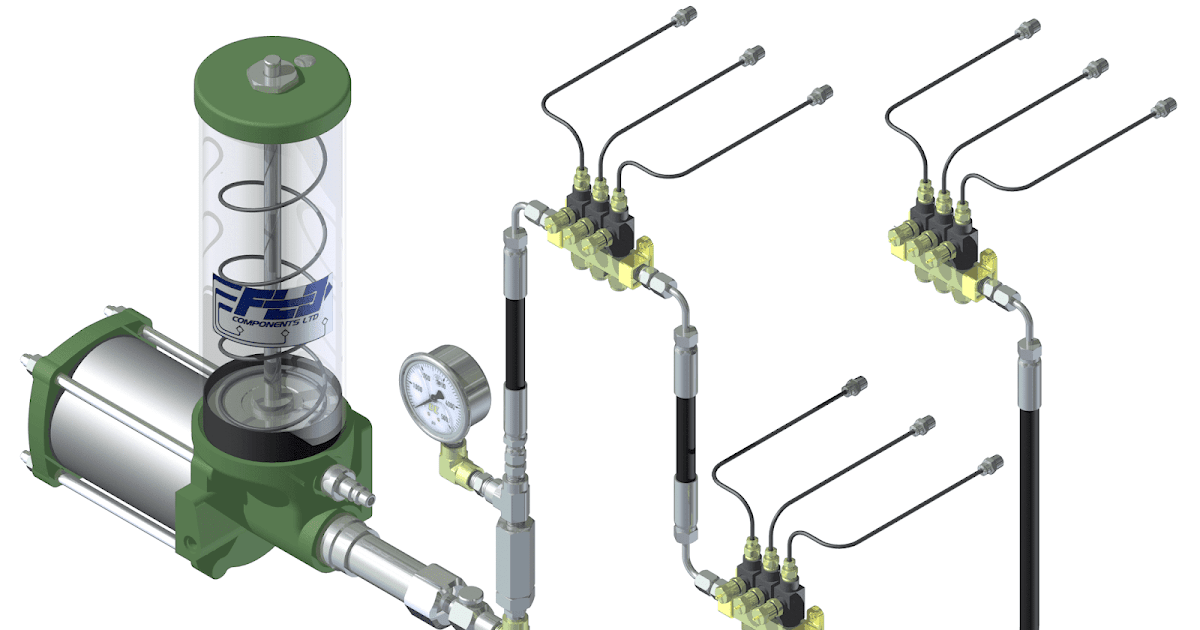Introduction (100 words):

In the world of two-stroke engines, proper lubrication is essential to maintain optimal performance and extend the engine's lifespan. Traditionally, manual lubrication pumps have been used to manually mix oil and fuel for these engines. However, recent advancements in technology have introduced automatic lubrication systems, also known as autolube or auto-lube systems. In this blog post, we will explore the benefits of automatic lubrication systems over manual lubrication pumps, and how these innovations are revolutionizing the way we maintain and operate two-stroke engines. Join us on this informative journey as we delve into the world of automatic lubrication!
1. Understanding Manual Lubrication Pumps (200 words):
Manual lubrication pumps have been the go-to method for fuel and oil mixing in two-stroke engines for decades. These pumps require the operator to manually mix the oil and fuel in a specific ratio before refueling the engine. While this method has served its purpose, it poses several challenges. Firstly, manual lubrication pumps rely heavily on human interaction, which may lead to inconsistent fuel and oil ratios, resulting in reduced engine efficiency and increased wear and tear. Secondly, the process itself is time-consuming, requiring manual calculations and careful measurements. Any mistakes in the mixing process can lead to catastrophic damage to the engine, decreasing its lifespan and potentially rendering it inoperable.
2. Introducing Automatic Lubrication Systems (200 words):
Automatic lubrication systems have revolutionized the way two-stroke engines are maintained, eliminating the need for manual oil-fuel pre-mixing. These advanced systems feature a reservoir that connects to a small oil pump installed within the engine. The oil pump automatically mixes the fuel and oil in the correct ratio, ensuring consistent lubrication without the need for manual intervention. This not only saves time but also significantly reduces the risk of human error in the mixing process. Additionally, autolube systems allow for more precise control over the lubrication process, tailoring it to the engine's specific requirements.
3. Benefits of Automatic Lubrication Systems (250 words):
3.1 Enhanced Engine Performance: Automatic lubrication systems ensure consistent and precise oil and fuel mixing, optimizing engine performance and power output. This results in improved combustion efficiency, smoother operation, and reduced maintenance requirements.
3.2 Increased Engine Lifespan: Proper lubrication is vital for reducing friction and wear within the engine. Automatic lubrication systems provide a continuous supply of adequately mixed oil to vital engine parts, minimizing frictional losses and extending the engine's lifespan.
3.3 Time-Saving: With autolube systems, the need for manual oil-fuel pre-mixing is eliminated, saving valuable time during refueling. This is particularly advantageous in scenarios where multiple engines need to be refueled simultaneously.
3.4 Cost-Effective: Automatic lubrication systems contribute to cost savings by optimizing fuel consumption and minimizing engine downtime due to reduced maintenance requirements. These systems also prevent excessive oil consumption, reducing the need for frequent oil purchases.
4. Conclusion (150 words):
Automatic lubrication systems have transformed the way we maintain and operate two-stroke engines, offering numerous benefits over traditional manual lubrication pumps. These advanced systems ensure consistent fuel and oil mixing, improving engine performance, and extending its lifespan. By eliminating human error and providing precise control over the lubrication process, autolube systems optimize fuel efficiency and reduce maintenance costs. Furthermore, the time saved during refueling operations can be significant, especially when managing multiple engines simultaneously.
As technology continues to evolve, it is clear that automatic lubrication systems are a significant step forward in the world of two-stroke engine lubrication. Their ability to provide consistent, reliable, and hassle-free lubrication makes them an invaluable asset in various industries, including automotive, marine, and power generation. Embracing this innovative solution ensures optimal engine performance, improved reliability, and cost-efficient operations for both professionals and enthusiasts alike.
